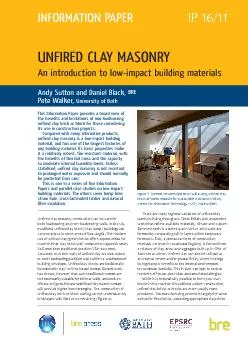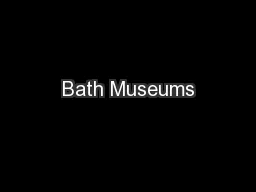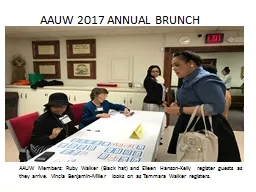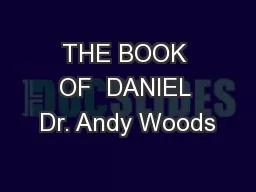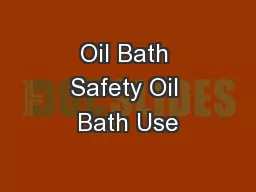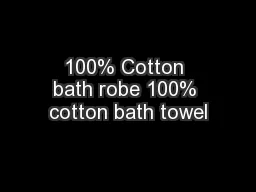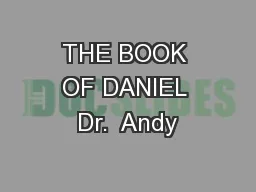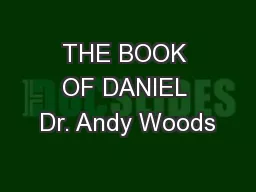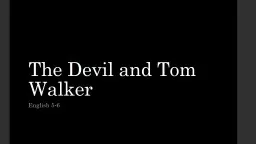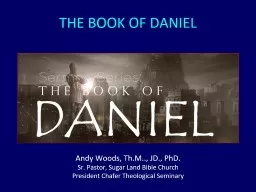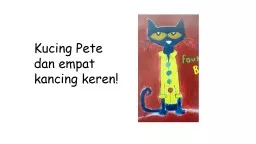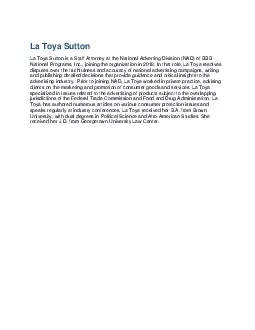PDF-Andy Sutton and Daniel Black, Pete Walker, University of Bath
Author : marina-yarberry | Published Date : 2015-11-25
UNFIRED CLAY MASONRYAn introduction to lowimpact building materials INFORMATION PAPER IP 1611This Information Paper provides a broad view of the benefits and limitations
Presentation Embed Code
Download Presentation
Download Presentation The PPT/PDF document "Andy Sutton and Daniel Black, Pete Walke..." is the property of its rightful owner. Permission is granted to download and print the materials on this website for personal, non-commercial use only, and to display it on your personal computer provided you do not modify the materials and that you retain all copyright notices contained in the materials. By downloading content from our website, you accept the terms of this agreement.
Andy Sutton and Daniel Black, Pete Walker, University of Bath: Transcript
Download Rules Of Document
"Andy Sutton and Daniel Black, Pete Walker, University of Bath"The content belongs to its owner. You may download and print it for personal use, without modification, and keep all copyright notices. By downloading, you agree to these terms.
Related Documents

